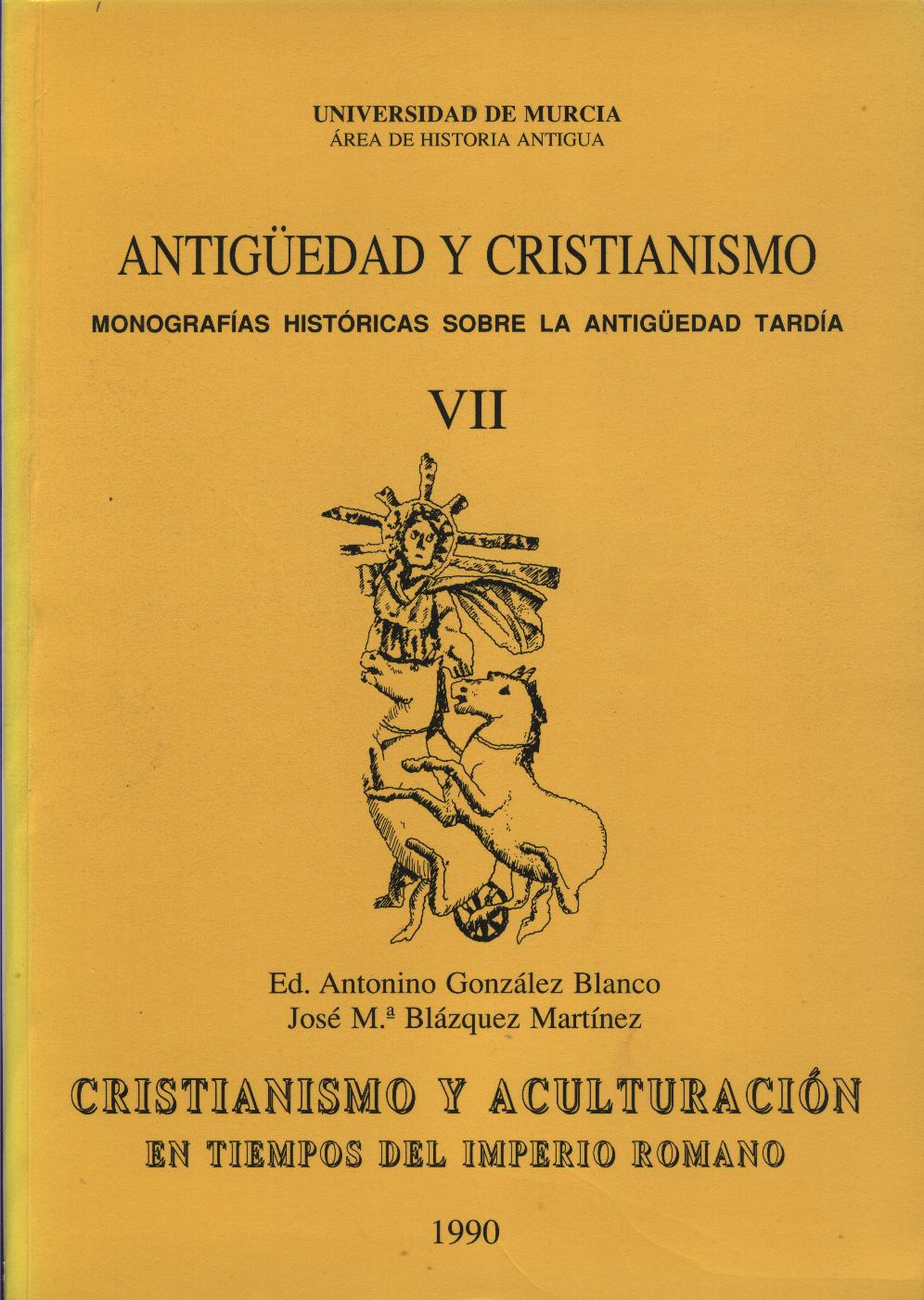Usurpación y religión en el s. IV d. de C. Paganismo, cristianismo y legitimación política
Resumen
The first part of this study analyses the reasons underlying the identification of the usurper with the ideological figure of the tyrant, and also the place occupied by the term «inipiety» amongst the infamous characteristics peculiar to the typical portrait of this figure since its genesis in the framework of the Atenas post-Clistenical. In the second part, with these theoretical suppositions as a background, the author explains and documents the utilization of the religion as a means to legitimate the power of Maximus obtained by the force of arms, and whose intervention in the Priscillian certamen complied to his purpose of justifying before the Apostolic See and the Court of Constantiople where he seeked to be recognized as the Emperor worthy of the PARS OCCIDENTIS.
Descargas
-
Resumen637
-
PDF498
1. Los autores ceden de forma no exclusiva a la revista los derechos de explotación (reproducción, distribución, comunicación y transformación).
2. Las obras que se publican en esta revista están sujetas a la licencia Attribution-ShareAlike 4.0 International (CC By SA 4.0). Por lo que se pueden copiar, usar, difundir, transmitir y exponer públicamente, siempre que:
i) se cite la autoría y la fuente original de su publicación (revista, editorial y URL de la obra), permitiendo así su reconocimiento.
ii) se permite remezclar, transfromar o crear a partir del material mientras se mantenga la misma licencia del original.
Nota: Los artículos anteriores a 2022 muestran incorrectamente la licencia CC by SA en la página de resumen. Están bajo una licencia CC by NC ND tal y como se incluye en los pdfs de los artículos. Los artículos publicados en 2022 y después están bajo la licencia CC by SA.

3. Condiciones de auto-archivo. Se permite y se anima a los autores a difundir electrónicamente las versiones pre-print (versión antes de ser evaluada) y/o post-print (versión evaluada y aceptada para su publicación) de sus obras antes de su publicación, ya que favorece su circulación y difusión más temprana y con ello un posible aumento en su citación y alcance entre la comunidad académica. Color RoMEO: verde.
























